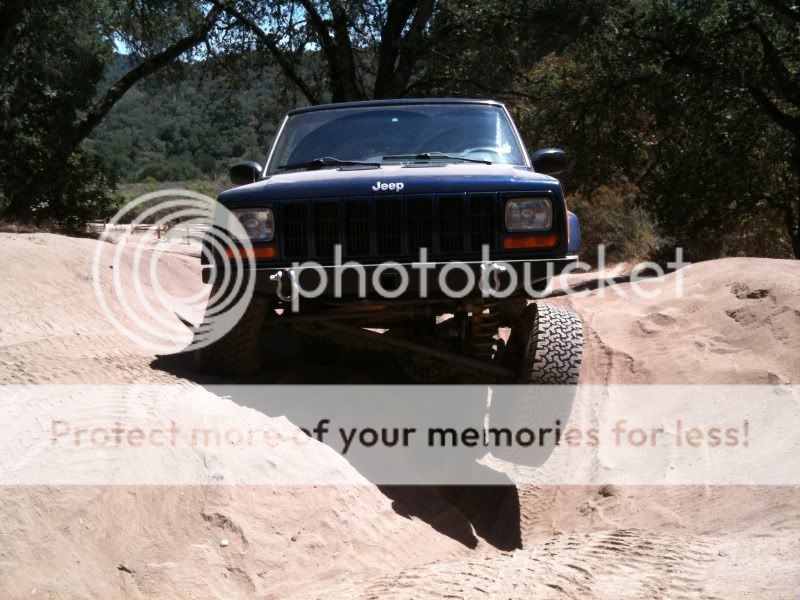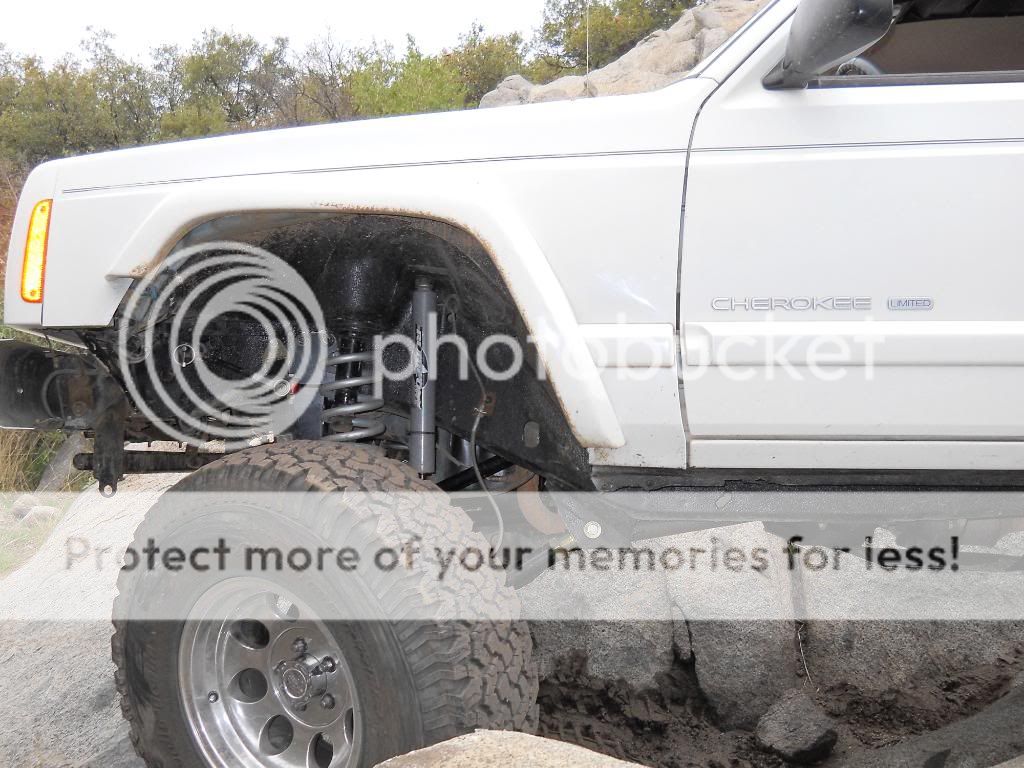XJLI
NAXJA Forum User
- Location
- Long Island, NY
what??? where does the 4th wheel go?
space.
what??? where does the 4th wheel go?
what??? where does the 4th wheel go?



the "beyond" section of "bed, batch, and beyond".what??? where does the 4th wheel go?
bumpstops are not "levers" to give you more downtravel, they are to stop your axle from destroying things.
so your saying a suspension is limited by either shocks, brakes lines or straps? really? if your limited by shocks/lines, get longer shocks/lines
the spring is what holds the vehicle up, not the shock or the CA's or any other thing...
once that spring is unseated that corner of the vehicle is no longer supported by that tire, the vehicle is now being supported by the other 3 tires.
this really is not that hard.
I would argue this point somewhat.
if a tire is drooping so much as to un-seat the coil, then it is probably not touching the ground, in which case it is not supporting the vehicle anyway.
if the coil has become unseated, but the tire is touching the ground, the weight of the tire/axle, add to that gravity, could provide it enough traction to aid in movement.
I understand your argument that an unseated coil is not the best idea (it could not re-seat properly, it could fall out if not captured at either end, it could bind upen re-seating, etc) however even if you capture the coil top and bottom, once it begins to extend it is no longer supporting the vehicle, infact it would be resisting that tires droop.

I've had my Jeep flexed out to where the coil was unseated but the tire was still firmly on the ground. All it did was spin and dig out directly below itself until it no longer made firm contact.I would argue this point somewhat.
if a tire is drooping so much as to un-seat the coil, then it is probably not touching the ground, in which case it is not supporting the vehicle anyway.
if the coil has become unseated, but the tire is touching the ground, the weight of the tire/axle, add to that gravity, could provide it enough traction to aid in movement.
I understand your argument that an unseated coil is not the best idea (it could not re-seat properly, it could fall out if not captured at either end, it could bind upen re-seating, etc) however even if you capture the coil top and bottom, once it begins to extend it is no longer supporting the vehicle, infact it would be resisting that tires droop.
here you go, this was a perfect example, before I had my straps tuned in this would happen...
the jeep seemed stable enough until I got back in the driver seat and it leaned over until the coil in this pic was firmly seated again...
let me tell you that is a scary feeling

the original question has for the most part been answered. that doesnt mean the thread has to die necessarily. there is good in depth discussion going on with some good information and intelligent posts. who cares where it has gone at this point? its good information that it useful to people that wheel and care about how their rig performs and, more importantly, WHY it performs the way it does. if you dont like where the thread has gone, fine, dont post anything in it. as long as it is useful to us all then let it be.
rant: off
I was recently reading a thread, which I can not find ATM, that claimed that having proper length bump stops will actually increase flex...
they went on to explain that while the side of your axle hat is going up contacts the bump stop it will act as a pivot point and force the other side down...
I think this makes sense... anyone want to confirm this?
thank you
I was recently reading a thread, which I can not find ATM, that claimed that having proper length bump stops will actually increase flex...
they went on to explain that while the side of your axle hat is going up contacts the bump stop it will act as a pivot point and force the other side down...
I think this makes sense... anyone want to confirm this?
thank you
1) I have no bumpstops in the rear areas. Should I get standard, or longer length replacements?
2) Do I need a 'puck', or ACOS system,(extra 1.5"lift potential), and/or extended bumpstops for the front coils? ACOS appears to be a pita for me laying around on my back with no power. (right?).
3) I have seen 'limiting straps' in various photos of the front end, but have never seen them installed on the rear. Is that something I should do in order to ensure proper function in such a modest lift so as to not damage the slight up-graded suspension's fullest articulation flex/stability capabilties?
4) Should I have this post moved, or can it be used here as an example to clarify and explore the concept of the minimum/maximum attributes of flex and stability, whether and/or, or versus, etc.
Thanks
